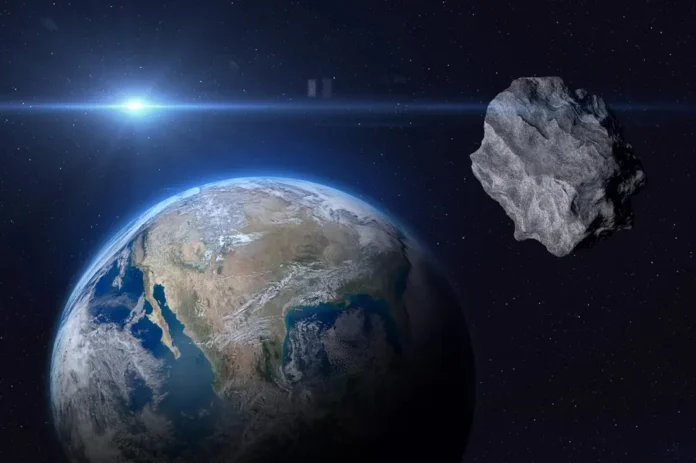Astronomers have confirmed that Earth has picked up a new cosmic companion, an asteroid dubbed 2025 PN7, now classified as a “quasi-moon.”
According to research published in IOP Science, the asteroid will share Earth’s orbit around the sun until roughly 2083 before drifting away into space.
Unlike the real moon, 2025 PN7 doesn’t actually orbit Earth. Instead, it circles the sun along a path that closely mirrors our planet’s, giving the illusion of a small second moon from certain perspectives.
Phil Nicholson, a professor of astronomy at Cornell University, likened it to “a wolf following a band of prehistoric hunters, close by, but never part of the pack.”
The asteroid’s elongated orbit causes it to alternately speed up and slow down relative to Earth, creating a looping pattern that makes it appear to circle our planet.
Eventually, it will transition into a “horseshoe orbit,” drifting back and forth across the sky as it moves between the inner and outer edges of Earth’s orbital path.
Discovered by the Pan-STARRS telescope atop Hawaii’s Haleakalā volcano in August 2025, 2025 PN7 is believed to have been accompanying Earth for more than 60 years. It is extremely small and faint, with a magnitude of 26 — far too dim to be seen with regular telescopes.
Researchers say this isn’t Earth’s first temporary companion. At least six other quasi-moons have been recorded in recent decades, though most stayed only briefly.
“This discovery reminds us that our solar system is still full of surprises,” said Kelle Cruz, an astronomer at Hunter College. “We’re finding more small, faint objects than ever before, and this is just the beginning.”



















